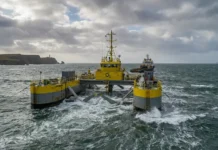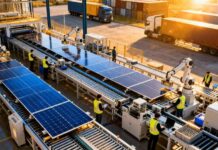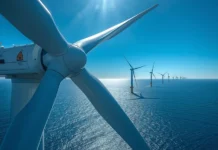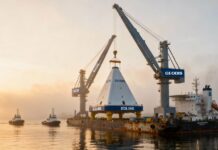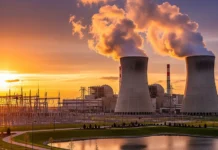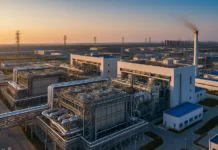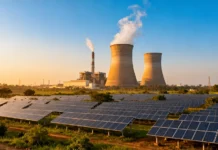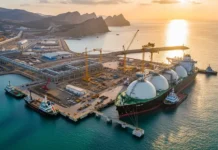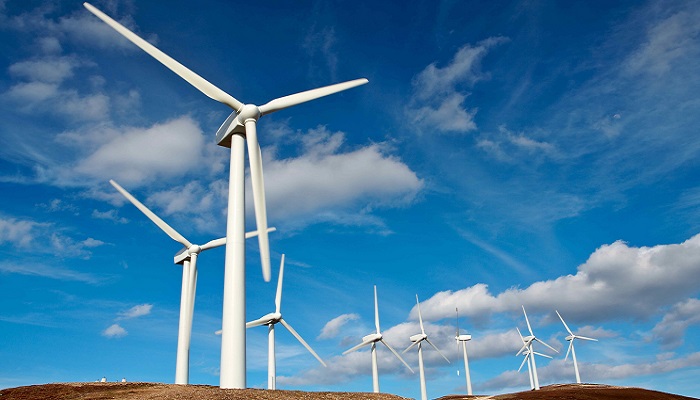A wind energy capacity of record 680 gigawatts is expected to get installed by 2027; however, the policymakers need to make sure that the supply chain bottlenecks do not go on to slow the growth to avoid missing the climate targets, as per the industry report that was released on March 27.
As per the Global Wind Energy Council, the policies have indeed set the scene when it comes to accelerated deployment of onshore as well as offshore wind, with the sector expected to have 136 GW installed every year until 2027.
The total installed capacity has apparently grown to 907 GW across the world in 2022, which is a surge of 78 GW from a year before that. It is well to note that in 2023, the new wind capacity could go beyond the 1-terawatt milestone.
Though GEWC anticipates 1.2 TW of new capacity to get installed by the decade’s end, this happens to be only 68% of the capacity that is required to aid in limiting the worldwide average temperature surge to 1.5 degrees Celsius.
As per the chairman of GWEC, Morten Dyrholm, delivering to this kind of demand requires robust supply chains that are spread across the renewables industry, and that too at a time when supply chains have been threatened by rising rates of interest, inflation, geo-political challenges, and other bottlenecks.
According to the industry report, the extra capacity in the wind energy manufacturing sector is going to vanish by 2026 unless and until urgent investment takes place in the supply chain, training, and skills, as well as industrial capacity.
When it comes to offshore wind, turbine assembly capabilities of Europe will no longer be able to help with the support of growth outside of the continent and will also have to double the pace from the existing levels so as to meet the European demands alone.
It is expected that shortages will crop up in the second half of the decade when it comes to key components like generators and blades. Apparently, both the United States and Europe face supply chain shortfall challenges, mainly if they follow through with the policies pertaining to centralised production and also manufacturing locally, the report added.



